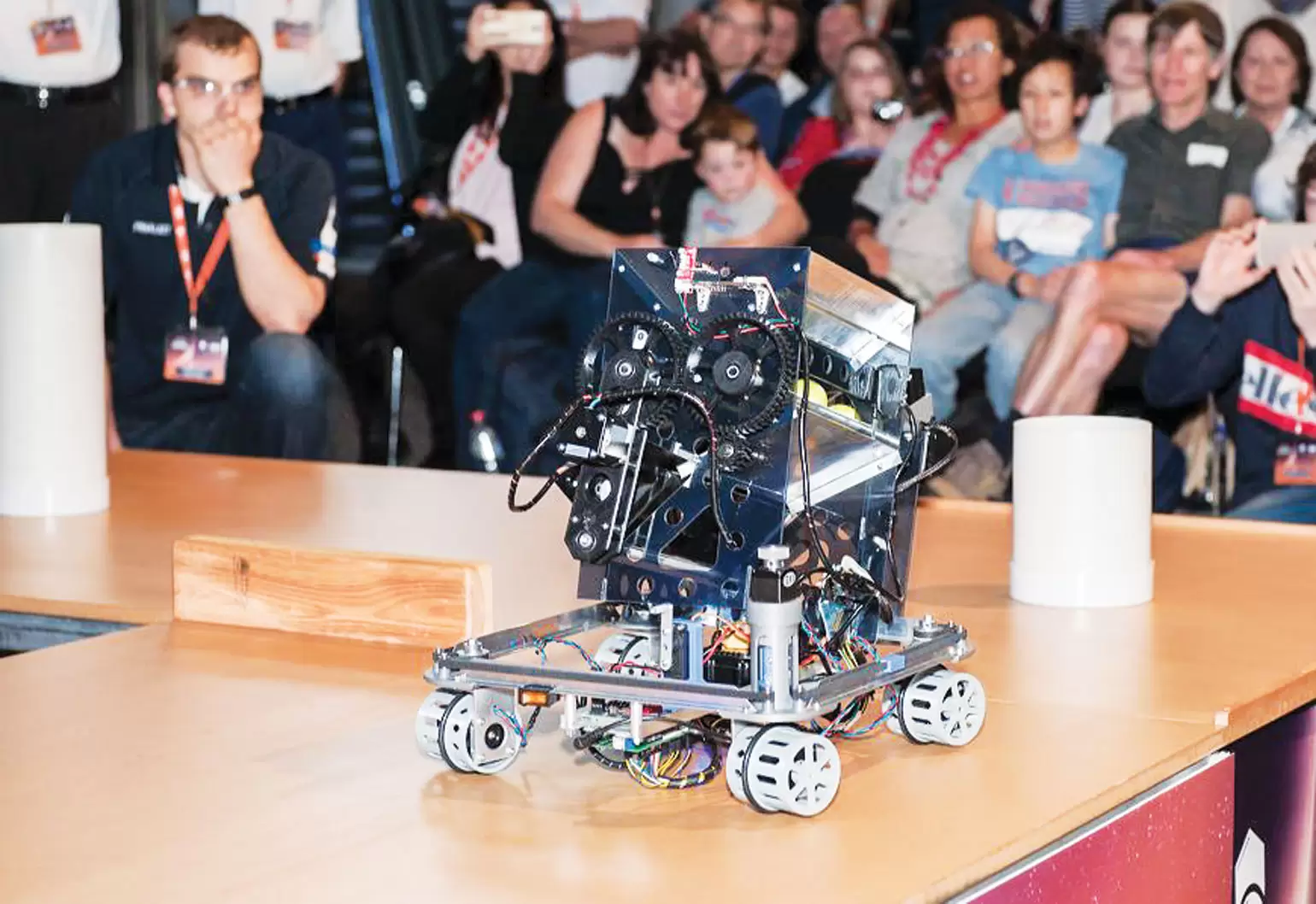The annual Warman Design and Build Competition is just around the corner, with a new cohort of students preparing to save Gondwana once again.
If past participation rates are any guide, more than 2000 undergraduate students from around Australia and overseas will put their minds towards saving the planet this October.
Since we are talking about the Warman Design and Build Competition, now in its 31st year, the planet in question is Gondwana. Gondwana might be made up, but the issues that are being addressed through the students’ projects — and the vital lessons in teamwork and problem-solving — are very real.
“This is a great way to influence all those students and show them the art of the possible, and to give them a way of practicing engineering. We need to have engineers who can pull things apart and put them back together,” said Jon Couldrick, the Chair of the Board of the College of Mechanical Engineers.
“But most important is putting new technologies together, so that’s what the Warman Design and Build Competition is about.
“There’s so much technology that people can get a hold of and the competition allows the students to practice; fail in a small, safe way and learn from their mistakes; and go on to build bigger, better things.”
The Warman Design and Build Competition is organised and run by the Mechanical College’s National Committee on Engineering Design.

It is open to first and second year mechanical engineering students currently studying their first design analysis course, and teams comprise two to four members.
The best team from each competing university will be at Sydney’s Powerhouse Museum on 20 October. Each must design and build autonomous systems to solve a crisis scenario on Gondwana. While the planet doesn’t change, the scenario and challenge are ever-evolving to include new technologies in order to continually push each new class.
Each annual trip to Gondwana has seen technology come a little further, said Couldrick. And, as with the real world, projects have seen electronics and computation integrate more closely with purely mechanical systems.
“Warman’s definitely gone down this path with their vehicles of mechanical to mechatronics, and it’s completely an indicator of where industry is going,” he said.
“Industry’s shifting, technology’s shifting and therefore Engineers Australia has had to shift.”
One thing that has not changed is the usefulness of skills like teamwork, problem-solving and creativity to reach a goal. These are things each of last year’s 2500 participants from 18 university teams — 14 Australian, two New Zealand, one Chinese and one Malaysian — gained along the way.
Tomorrow’s engineers, who will be creating real-life solutions to climate change adaptation and energy issues, will then, as now, need to draw on these important skills. The Warmans provide a highly useful introduction, said Couldrick.
“It allows them to see what technologies are there, what skills they have and how to apply them, and, more importantly, it gives them confidence to try new things, explore new things and show that they can integrate the technologies and come up with new ways of solving today’s problems,” he said.
“It gives them confidence … to trial and play around and just show that they have the skills.”
